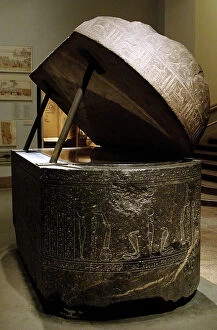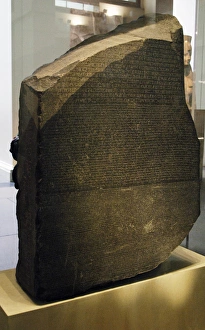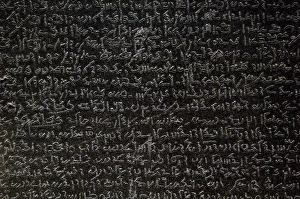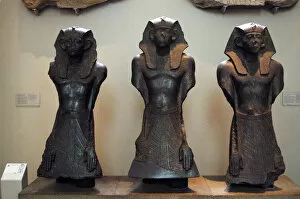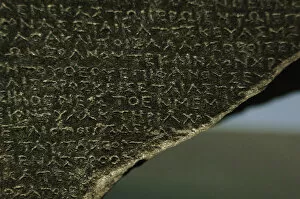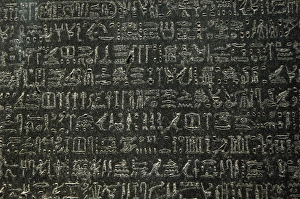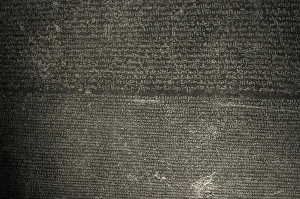Granodiorite Collection
Granodiorite is a fascinating rock that has played a significant role in Egyptian art and history
All Professionally Made to Order for Quick Shipping
Granodiorite is a fascinating rock that has played a significant role in Egyptian art and history. One notable example is the Sarcophagus of Wennefer, which dates back to the Late Period of the Dynasty era. This intricately carved sarcophagus showcases the beauty and durability of granodiorite. Another famous artifact made from the Rosetta Stone. This ancient stone slab contains inscriptions in three different scripts: hieroglyphic, demotic, and Greek. It was this stone that allowed scholars to decipher Egyptian hieroglyphs for the first time, unlocking a wealth of knowledge about ancient Egypt's culture and history. The importance can also be seen in statues like those of Sesostris III. These magnificent sculptures were crafted with great skill using this durable rock, ensuring their preservation throughout centuries. Block-statues were another popular form of art during Egypt's 18th Dynasty, such as the Block-statue of Amenhotep. Made from granodiorite, these statues depicted pharaohs or high-ranking officials seated on blocks with detailed hieroglyphic inscriptions surrounding them. One particular block-statue made from granodiorite stands out - it belongs to Amenhotep from New Ki during Egypt's 18th Dynasty. Its smooth surface and intricate carvings showcase both the artistic talent and technical expertise possessed by ancient Egyptians. The versatility is evident in The Rosetta Stone once again; its Greek script adds yet another layer to its historical significance. With inscriptions in hieroglyphic, demotic, and Greek scripts combined on one stone slab, it became an invaluable key for understanding ancient Egyptian writing systems.

